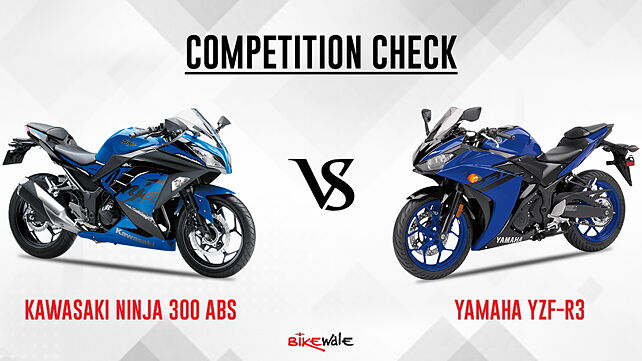
Kawasaki has turned the tables by launching the new Ninja 300. Apart from an ABS system, the Ninja 300 now also gets a new price tag, which is Rs 60,000 lower than before. With this, what was sneered upon as a ridiculously expensive bike has now become a lucrative proposition. So how does the new Ninja 300 stack up against the Yamaha YZF-R3? We take a look with this on-paper comparison.
Design
Both the Ninja 300 and R3 are sportbikes that draw inspiration from their bigger siblings. The Ninja 300 gets a sharp fairing with integrated turn indicators and a twin-headlamp setup which mimics the flagship Ninja ZX-10R superbike. It also gets two new paint schemes with bold ‘Ninja’ decals on the side. The R3 on the other hand, derives its styling from the R1 and the R6. It also gets an edgy fairing with a twin-headlamp setup and loud paint schemes to make it stand out in the crowd.
Both the bikes get clip-on handlebars and raised pillion seats to give them a sporty appeal, although the riding positions are comfortable enough to make them practical for everyday use and touring. The instrument clusters of both the bikes get an analogue tachometer, paired with digital displays which show all the usual functionalities.
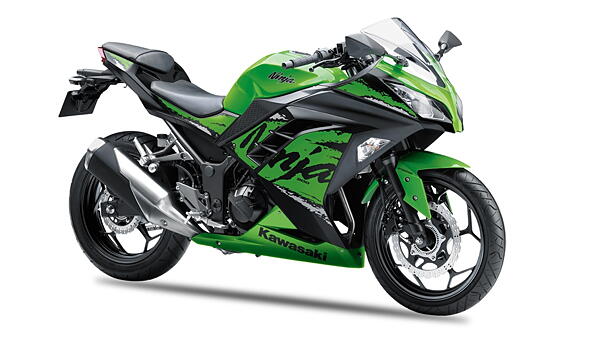
Engine
Both the Ninja 300 and the R3 are propelled by DOHC, fuel-injected and liquid-cooled parallel-twin engines. The one in the Ninja 300 gets an eight-valve head and displaces 296cc. It churns out 38.4bhp and 27Nm of torque. The R3’s powertrain has to make do with a four-valve head. However, thanks to the higher displacement of 321cc, it is more powerful at 41.4bhp and 29.6Nm of torque. Both the engines are mated to six-speed transmissions, although the Ninja 300 benefits from a slipper clutch with assist function.
Cycle parts
The Ninja 300 and R3 both ride on conventional telescopic front forks and a rear monoshock. However, the 41mm front forks on the R3 are beefier than the 37mm ones on the Ninja 300. Also, the monoshock on the Ninja 300 can be adjusted on just five levels as opposed to the seven levels in the R3.
The brake setup is also similar, with a single disc at the front and rear. However, the R3 again has an edge with a slightly larger 298mm disc at the front as opposed to the 290mm unit on the Ninja 300. Both the bikes get a 220mm disc at the rear. While the Ninja 300 has been given a dual-channel ABS now, it was introduced in the R3 earlier this year at the Auto Expo.
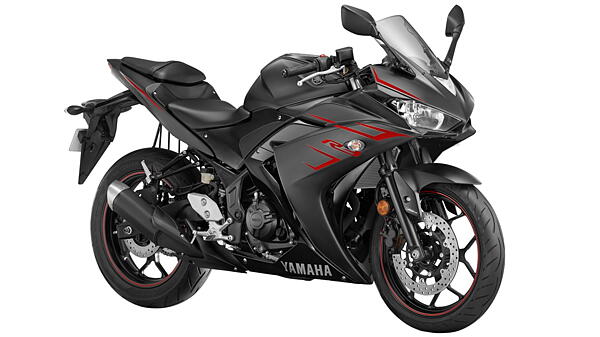
The Ninja 300 is shod with Japanese IRC tyres, while the R3 boasts of Metzler M5 Sportec tyres, although both are H-rated. The Ninja 300’s tank can hold 17 litres of fuel while the R3’s tank can hold just 14 litres. However, it is also six kilograms heavier than the R3 at 179 kilograms.
Price
The Ninja 300 has been priced at Rs 2.98 lakhs. Thanks to the increase in localisation, the Ninja 300 is Rs 60,000 more affordable than before, even with the addition of ABS and new paint schemes. The R3 on the other hand, is relatively pricier at Rs 3.48 lakhs. However, it does boast of higher power and torque output and superior cycle parts as compared to the Ninja 300.

![Kawasaki Ninja 300 [2018-2019] Image Kawasaki Ninja 300 [2018-2019] Image](https://imgd.aeplcdn.com/272x153/bw/models/kawasaki-ninja300.jpg?20190103151915&q=80)
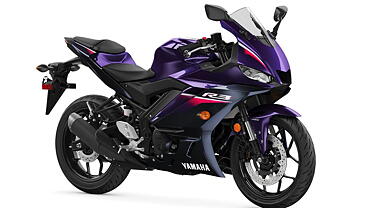
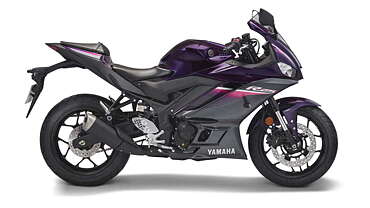

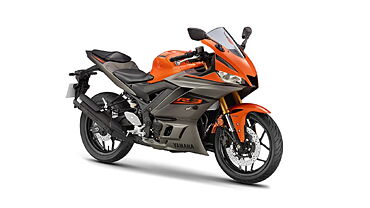
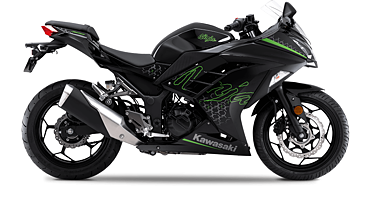

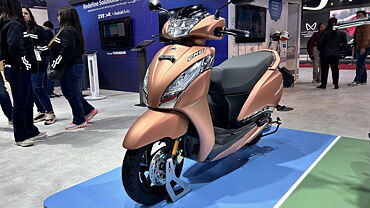
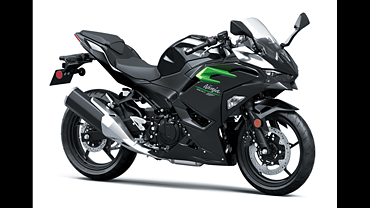
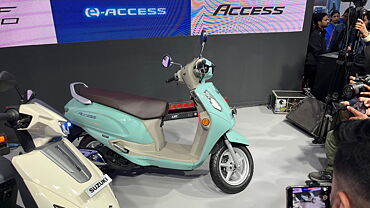
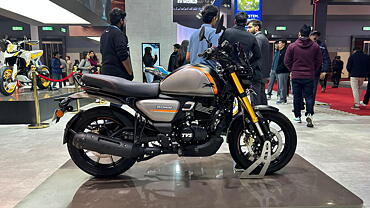
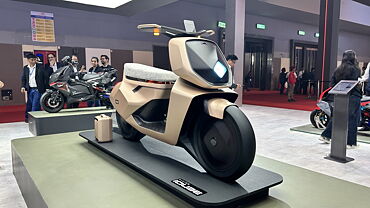
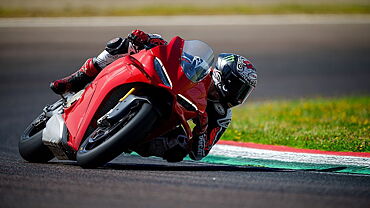
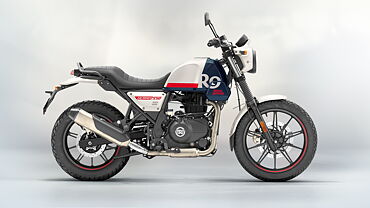
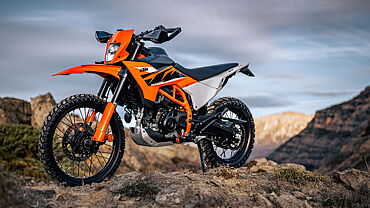

![Kawasaki Ninja 300 [2018-2019] Exterior Kawasaki Ninja 300 [2018-2019] Exterior](https://imgd.aeplcdn.com/199x112/bw/ec/36288/Kawasaki-Ninja-300-Exterior-137346.jpg?wm=2&q=80)
![Kawasaki Ninja 300 [2018-2019] Wheels-Tyres Kawasaki Ninja 300 [2018-2019] Wheels-Tyres](https://imgd.aeplcdn.com/199x112/bw/ec/33570/Kawasaki-Ninja-300-Wheelstyres-122944.jpg?wm=2&q=80)
![Kawasaki Ninja 300 [2018-2019] Wheels-Tyres Kawasaki Ninja 300 [2018-2019] Wheels-Tyres](https://imgd.aeplcdn.com/199x112/bw/ec/33570/Kawasaki-Ninja-300-Wheelstyres-122953.jpg?wm=2&q=80)
![Kawasaki Ninja 300 [2018-2019] Action Kawasaki Ninja 300 [2018-2019] Action](https://imgd.aeplcdn.com/199x112/bw/ec/33570/Kawasaki-Ninja-300-Cornering-122935.jpg?wm=2&q=80)
![Kawasaki Ninja 300 [2018-2019] Action Kawasaki Ninja 300 [2018-2019] Action](https://imgd.aeplcdn.com/468x263/bw/ec/36288/Kawasaki-Ninja-300-Action-137326.jpg?wm=2&q=80)
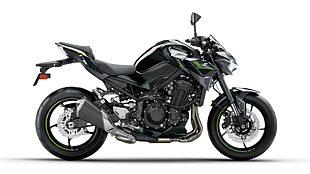
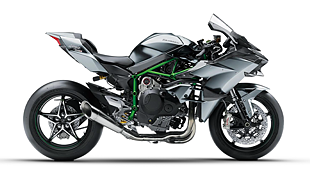






![KTM 390 Adventure X [2025] KTM 390 Adventure X [2025]](https://imgd.aeplcdn.com/272x153/n/cw/ec/190885/390-adventure-x-2025-right-side-view.jpeg?isig=0&q=80)